Table of Contents
- Understanding Blockchain Technology
- Opportunities for Students
- Benefits for Teachers and Tutors
- Libraries and Information Management
- Impact on Parents and Guardians
- Advantages for School Administrators and Instructional Designers
- Non-Governmental Organizations (NGOs) and Entrepreneurs
- Challenges of Implementing Blockchain in Education
- Technical Barriers
- Budget Issues
- Data Privacy Concerns
- Scalability Issues
- Examples of Blockchain in Education
- Conclusion
Researchers have been focusing on blockchain in the education field for a long time. It has been observed that the annual growth rate of publications on blockchain in technology has increased by 58.64 percent from 2018 to 2024. This shows how much this technology has the potential to make changes in the education field.
A lot of institutes are using Blockchain technology for various educational purposes. It has provided them with a vast range of opportunities in the education field. But, with it, this technology also has posed various issues and problems for educational stakeholders. What are these? We are going to discuss it in this blog.
Understanding Blockchain Technology
Blockchain is one of the Distributed Ledger Technologies (DLTs) that was introduced by Mathematicians W. Scott Stornetta and Stuart Haber in 1991. It is a decentralized database managed by multiple nodes and participants. Moreover, it is equipped with the necessary protocols and technology infrastructure. It is a public and permissionless technology that enables the recording and sharing of information among a community or peer-to-peer network. In this way, each member can have a copy of the information that makes the transaction secure or transparent.
Bitcoin is also a part of this technology. It powered various platforms such as Finance, Solana, Ethereum, Polygon and more. This technology also includes decentralized finance applications, smart contracts and non-fungible tokens.
In the book, “Life After Google” by George Glider states that Blockchain is the next technology-mediated socioeconomic mega trend. It has a great influence on education because it promises greater control over financing. It ensures the implementation of instructional projects, credible certification systems, crypto learning and crypto administration. It is a new paradigm for digital data learning and management. The education field has adopted a lot of technologies across various industries. Some prominent ones are Big Data, mass social media, STEM curriculum and data mining. Now, it is slowly adopting blockchain technologies because it is benefiting them.
Let's discuss how it is benefiting each educational stakeholder.
Opportunities for Students
Blockchain is beneficial for creating a digital identity for students where all their achievements, certificates, rewards and academic progress are stored. Smart contracts can help them in receiving a certificate from a provider. These series of certificates can be equal to a full degree program. They can access MOOCs easily through blockchain technology. It enables adding gamification elements in the learning too.
Moreover, blockchain technology enables document verification and digital document signing. Its financial ledger ensures that there is secure and transparent scholarship distribution.
Benefits for Teachers and Tutors
Through blockchain technology, teachers can have access to real-time data of students. They can know about their students' academic achievements, strengths and weaknesses and can help them in creating a personalized curriculum for them. It also enables them to do a lot of paperwork and administration tasks that can save them time and energy. The crucial work this technology can do is learner evaluation and assessment. Teachers can get fair, efficient and accurate assessments of individual and group projects of students.
Moreover, a lot of researchers found that blockchain can be used for designing learning activities. For example, a team of Hong Kong researchers proposed using Ethereum 1.0 Blockchain technology for teaching vocabulary.
Libraries and Information Management
Blockchain technology ensures that data is shared and stored accurately across different platforms and people. Libraries can store accurate resources and data through blockchain. They can share the data with different libraries and institutes with ease through this technology. Moreover, they can prevent copyright issues of books. Because the blockchain encrypts and timestamps content, ensuring intellectual property protection.
Impact on Parents and Guardians
Blockchain ensures that educational data is accessible to everyone with ease. So, parents and guardians can have access to their kids’ educational data that can help them know where their kids are lagging and what type of help they need. Moreover, it helps parents to share information or communicate with institutes and teachers with ease.
Advantages for School Administrators and Instructional Designers
Blockchain can do a lot of administration tasks through its shared ledgers. School staff can be hired via smart contracts. Administration can execute professional development programs and manage the financial aspects of the institutes through this technology. Instructional designers can use blockchain technology to administer MOOCs in the syllabus to make personalized curricula. They can even provide different certificates to the students that can equate to an actual degree.
For example, Sharples and Domingue believe that the University of Nicosia in Cyprus is the first university that issue academic certificates with verification through the bitcoin blockchain technology.
Non-Governmental Organizations (NGOs) and Entrepreneurs
NGOs and entrepreneurs can utilize blockchain technology to provide innovation and dozens of educational projects in the community. For example, UNICEF is running dozens of blockchain-mediated projects such as institutional funding, charity donations to schools, bringing open source technologies to developing communities and investment in educational projects. So, different NGOs can utilize blockchain technology in various ways.
Challenges of Implementing Blockchain in Education
Technical Barriers
The major technical barrier in it is blockchain's challenging mining work. The scale of blockchain is mind-blowing. You can get the idea through the example of Bitcoin which can compute around 450 thousand trillion solutions per second back in 2015. But, it consumes a lot of electricity which can leave a large carbon footprint. For this, schools should set up an intra-school blockchain that is mined within a single educational institute.
Budget Issues
Blockchain requires investment in hardware and software that can increase the budget. Moreover, it consumes a lot of electricity which can increase the electricity bills of institutes. For this, schools and NGOs should look for collaboration and funding.
Data Privacy Concerns
The transparency of blockchain can pose challenges to protecting sensitive student data. It can be difficult to balance sustainability and privacy protection. It can lead to legal issues for institutes too. So, they should create strict policies regarding it.
Scalability Issues
The blockchain's data volume can increase with time which can create a lot of scalability issues for institutes. There is a possibility that the network speed can slow down which can create issues of speed and efficiency of the system.
Examples of Blockchain in Education
Two examples of blockchain technology can give you an idea of how to implement this technology in the education field. One example is APPI. In it, students and professors can verify their academic credentials using blockchain, machine learning and smart contracts. They need to fill out their academic CV which includes their whole academic information. This software will verify it.
The second example is ODEM. It is a blockchain-based marketplace that connects students and educators with relevant resources and courses. They use smart contracts to select specific courses and get digital badges after completing them.
Conclusion
In short, blockchain technology is benefiting students, teachers and all educational stakeholders in different ways. It is in the early stages but still, it has provided different benefits to the educational sector. There are a few challenges but they can be tackled with strategy and the improvement in technology. So, educational stakeholders and software developers should focus on this aspect to tackle the problems related to blockchain technology.







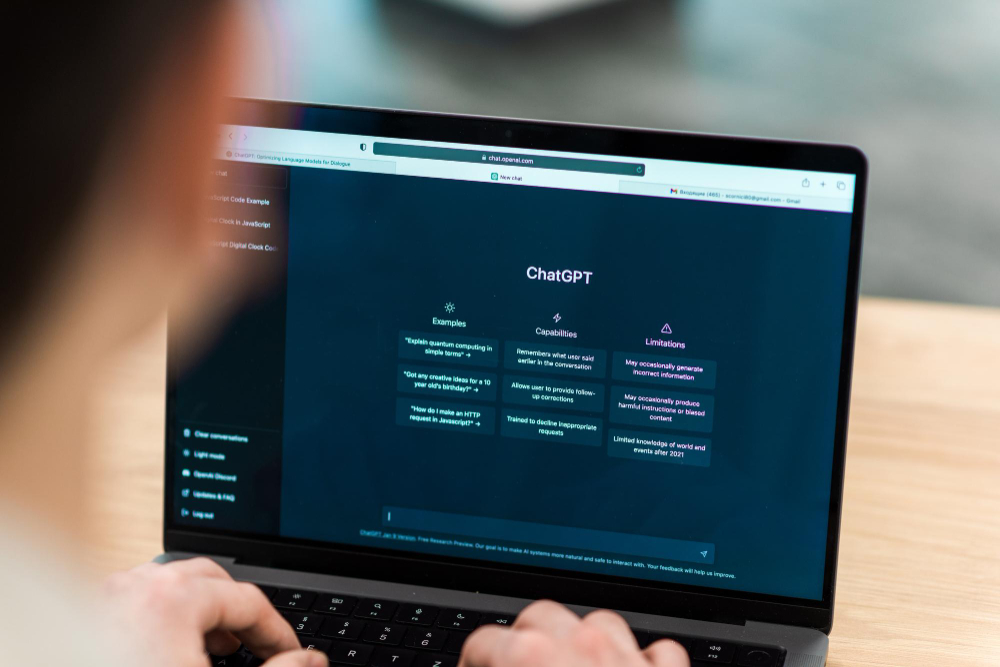






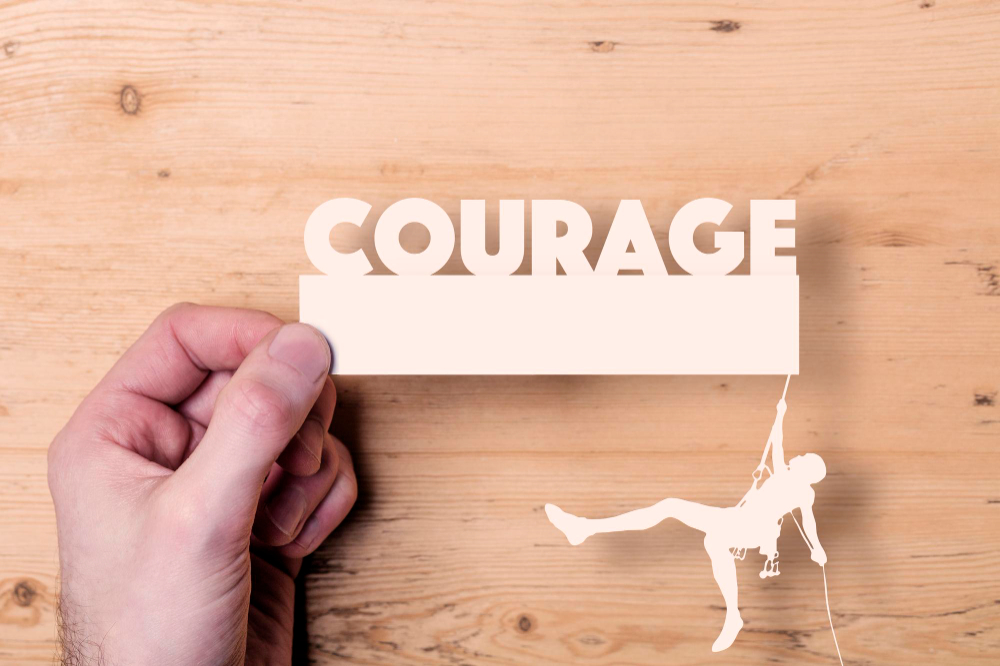

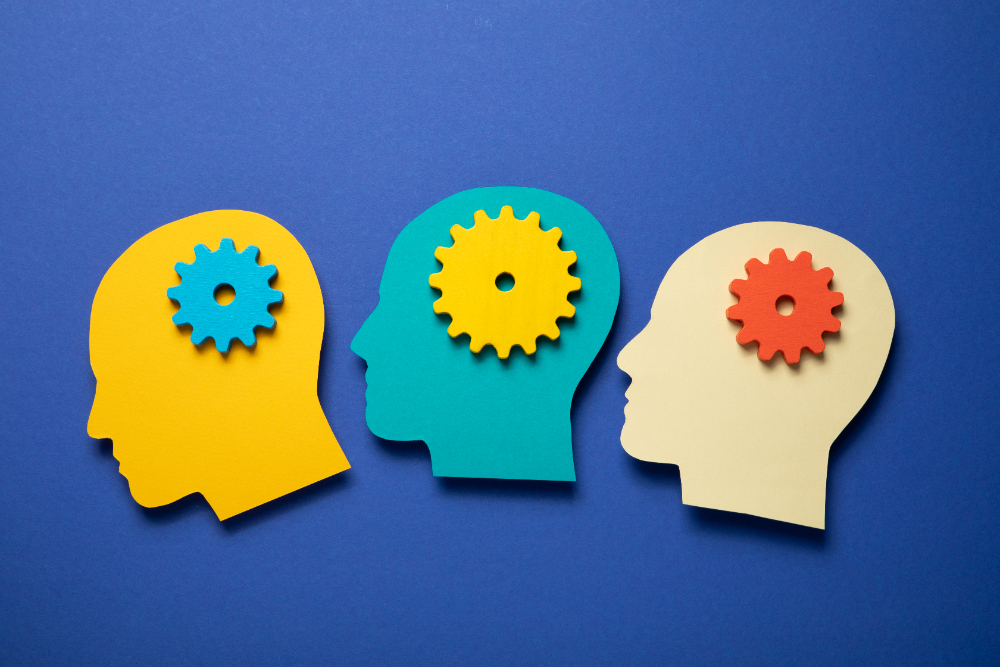
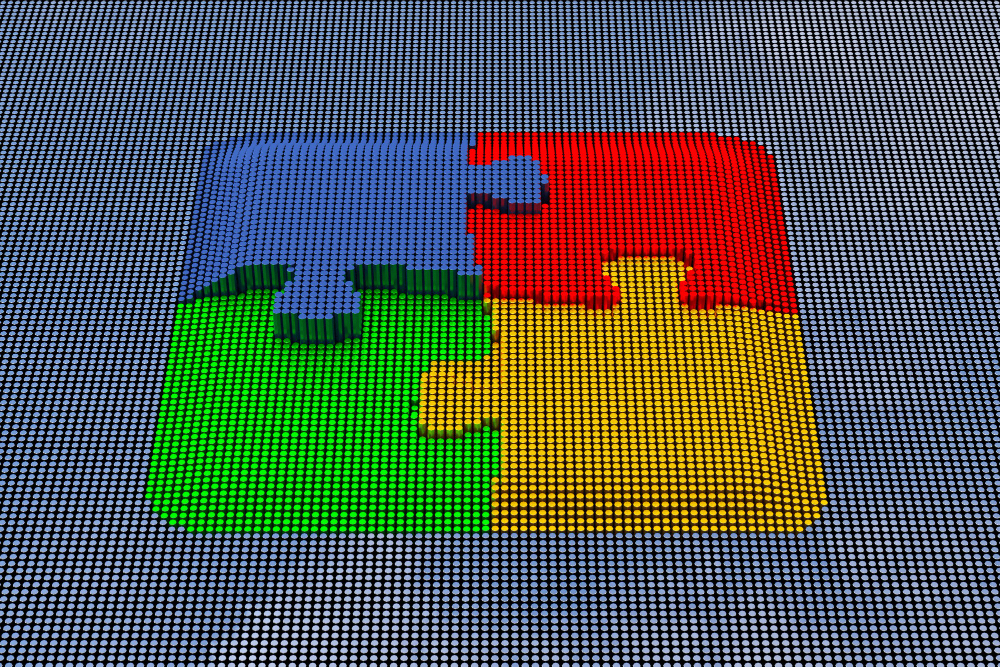


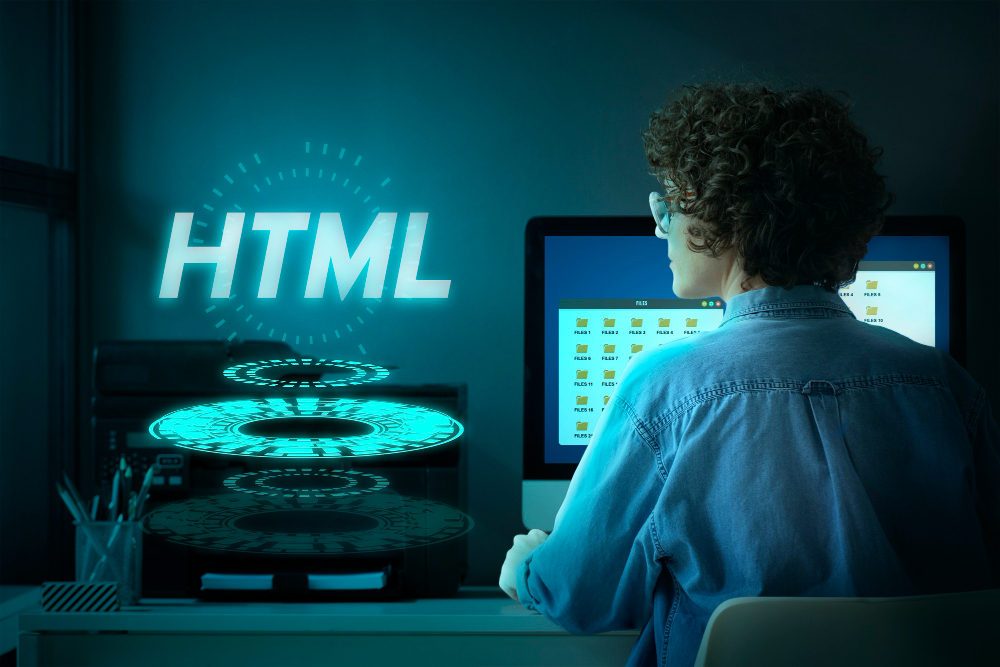




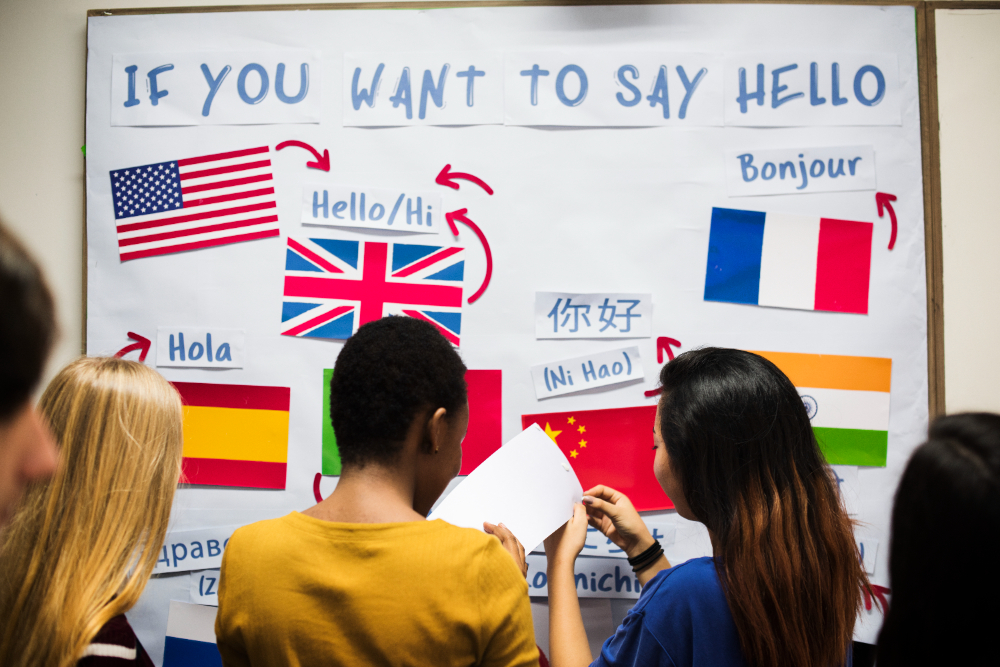

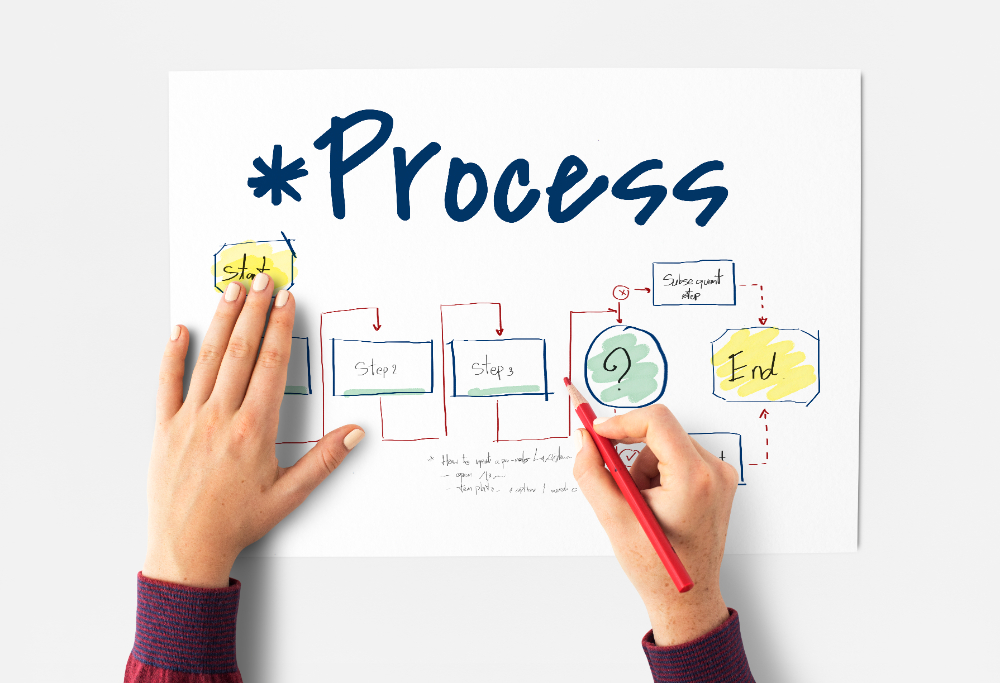



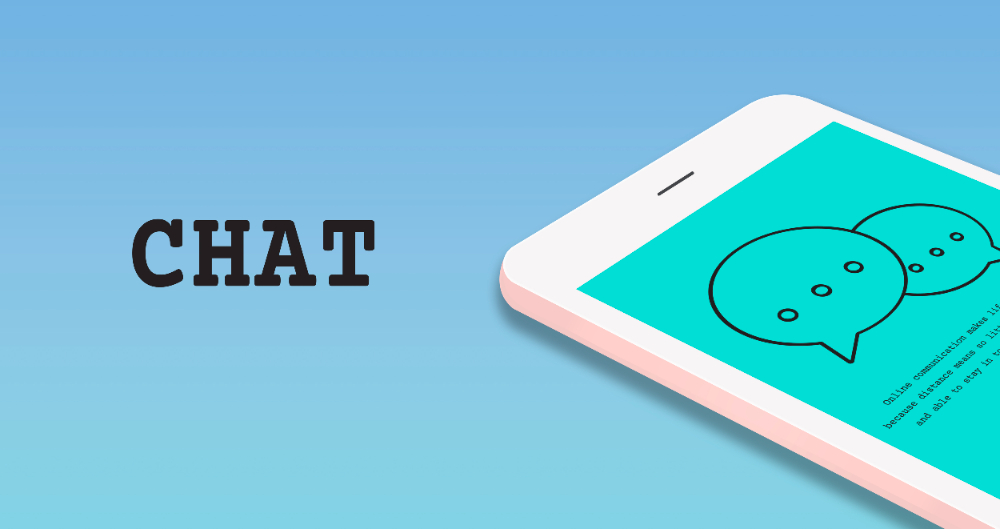
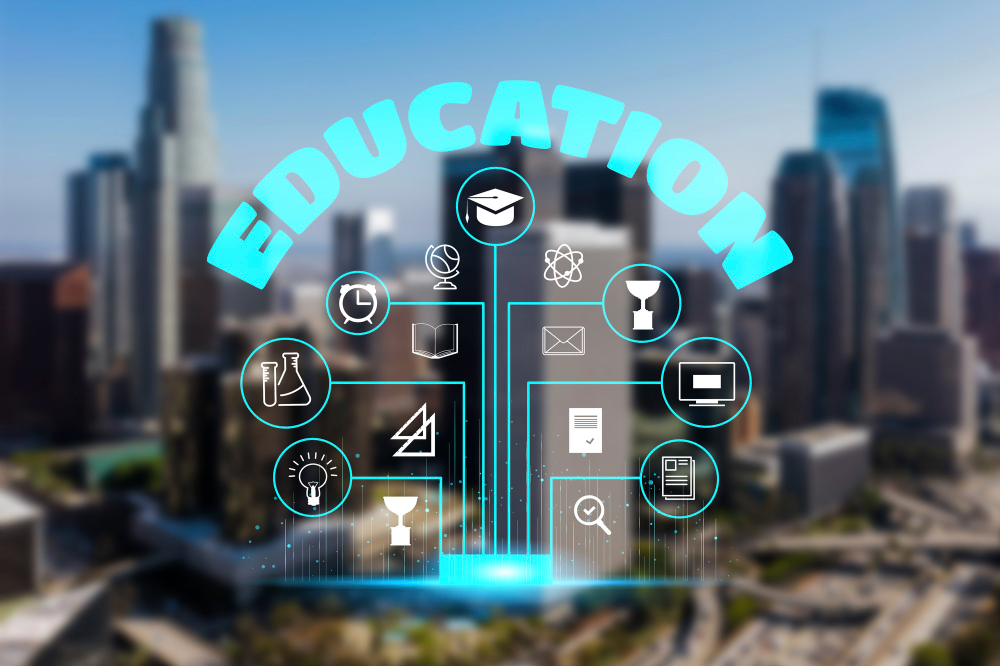
Comments are closed.